As any experienced interior designer would tell you, there isn’t one single item or detail that you can point to and say is definitively AAPI, because Asian decor is a hugely diverse category with all manner of different options. Of course, there are some prominent examples of Asian interior design that tend to be more popular throughout the country, with Japandi-type designs being the most obvious example. These kinds of designs are a distinctive blend of Scandinavian minimalism and the curvy natural forms found throughout Japanese interior design, making for a look that is minimalist but not so much as to be devoid of personality.
Asian designs can sometimes be referred to as ‘Oriental design’, but we would encourage you to not use this term since it lacks specificity and has come to be considered antiquated and even offensive in some circles.
Because Asian design is in many respects about various Asian motifs interacting with other design styles and creating something new, it is not uncommon for Asian interior style to feature a balance between various eras, between old and new, between the glitzy and the subdued. For instance, an Asian-style home might be a Mediterranean-style room with wooden ceiling beams but be filled with various pieces of decor and Asian-style furniture that come from different eras but blend together tastefully.
This gives off an eclectic vibe that is a quintessential element in Asian American design. Why quintessential? As with many minority groups in the US, the Asian American experience can often be defined by having to negotiate various identities in a world that is not always welcoming to them. That means you may feel pressure to conform to various different societal expectations, and that push and pull can be a struggle. However, it also produces some unique and striking aesthetic collisions between various aesthetic motifs, showing that even seemingly disparate cultures or styles can coexist harmoniously.
Essential Goals of Asian American Design
With that being said, let’s get down to brass tacks and talk about what some concrete goals of Asian design can be. After all, having a specific set of action items makes for a more cohesive design philosophy, and that can be rather helpful if you want to emulate this design style in your home. Of course, it’s important to keep in mind that none of these principles are necessarily universal, and different types of Asian interior design may not approach things in the exact same way.
Minimalism
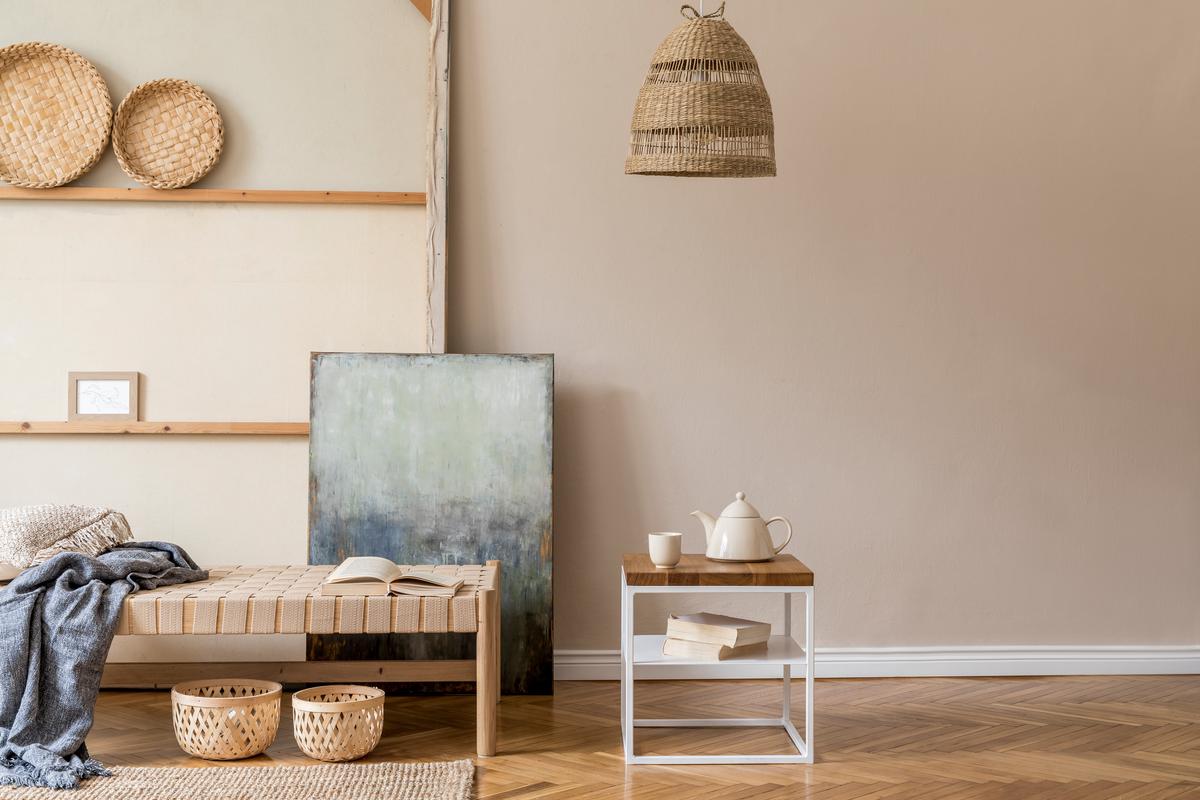
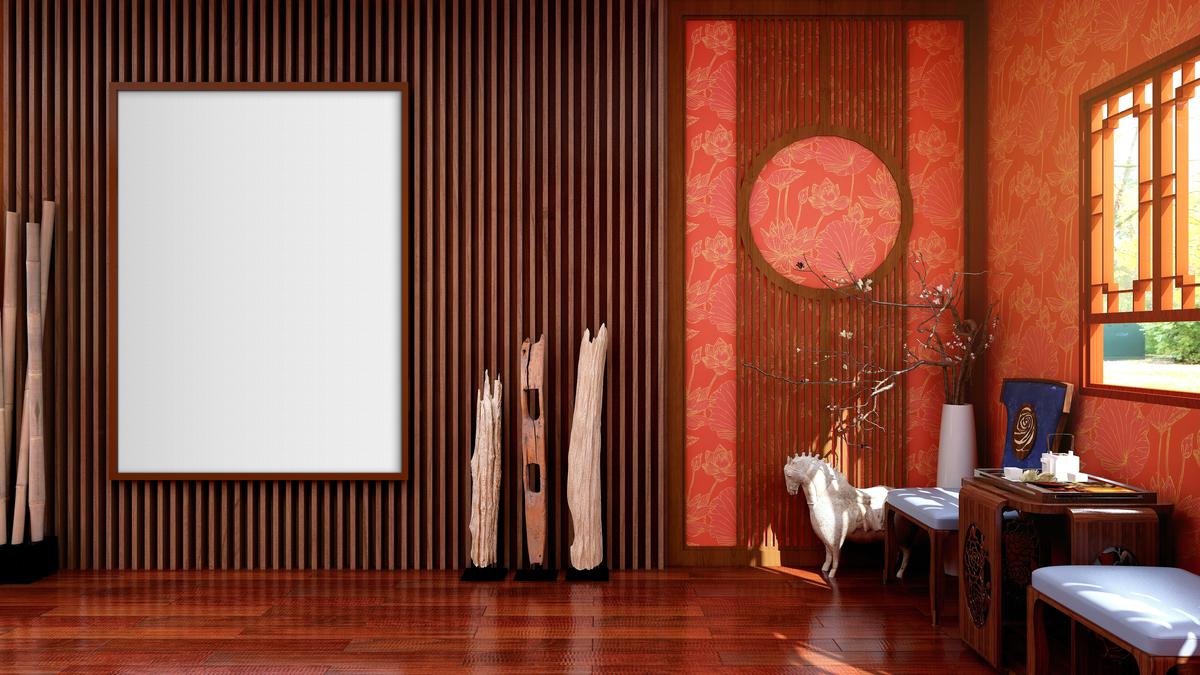
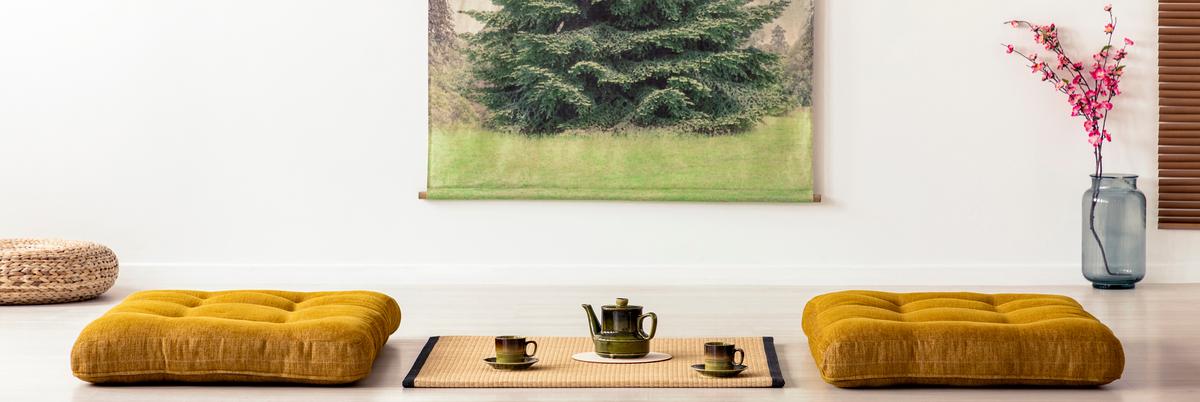
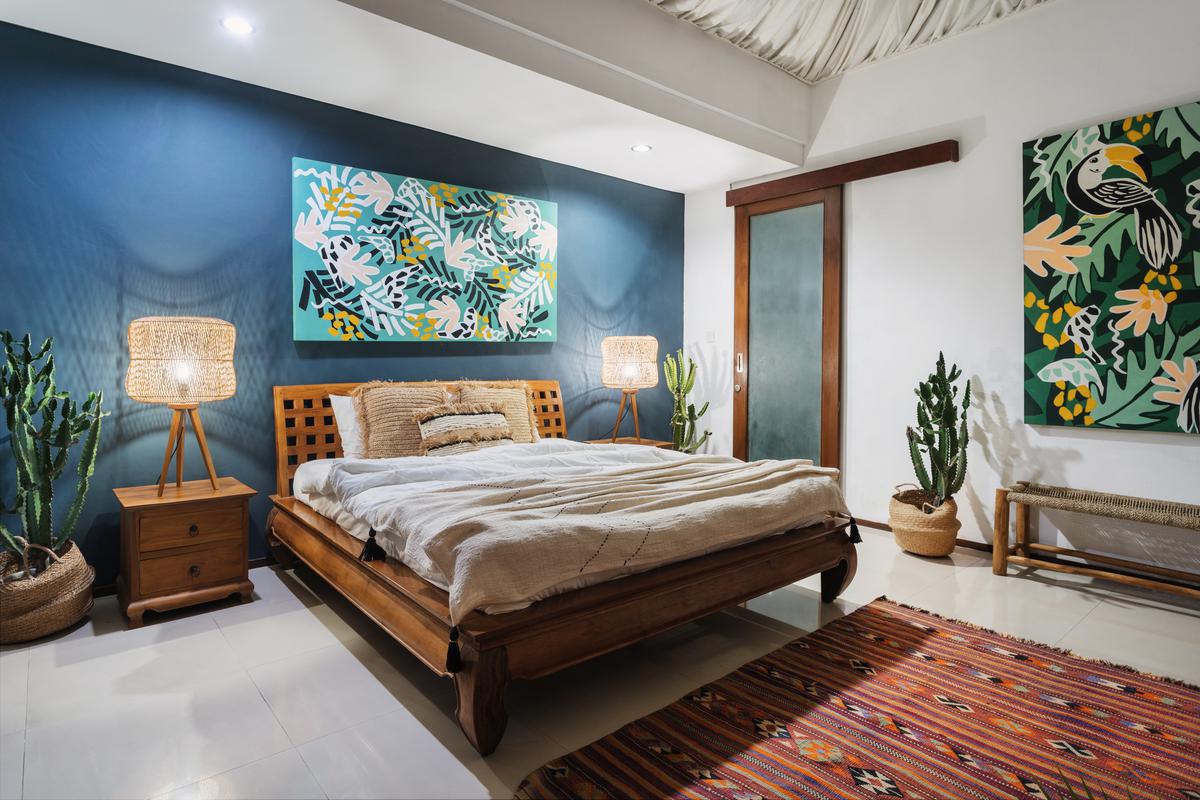
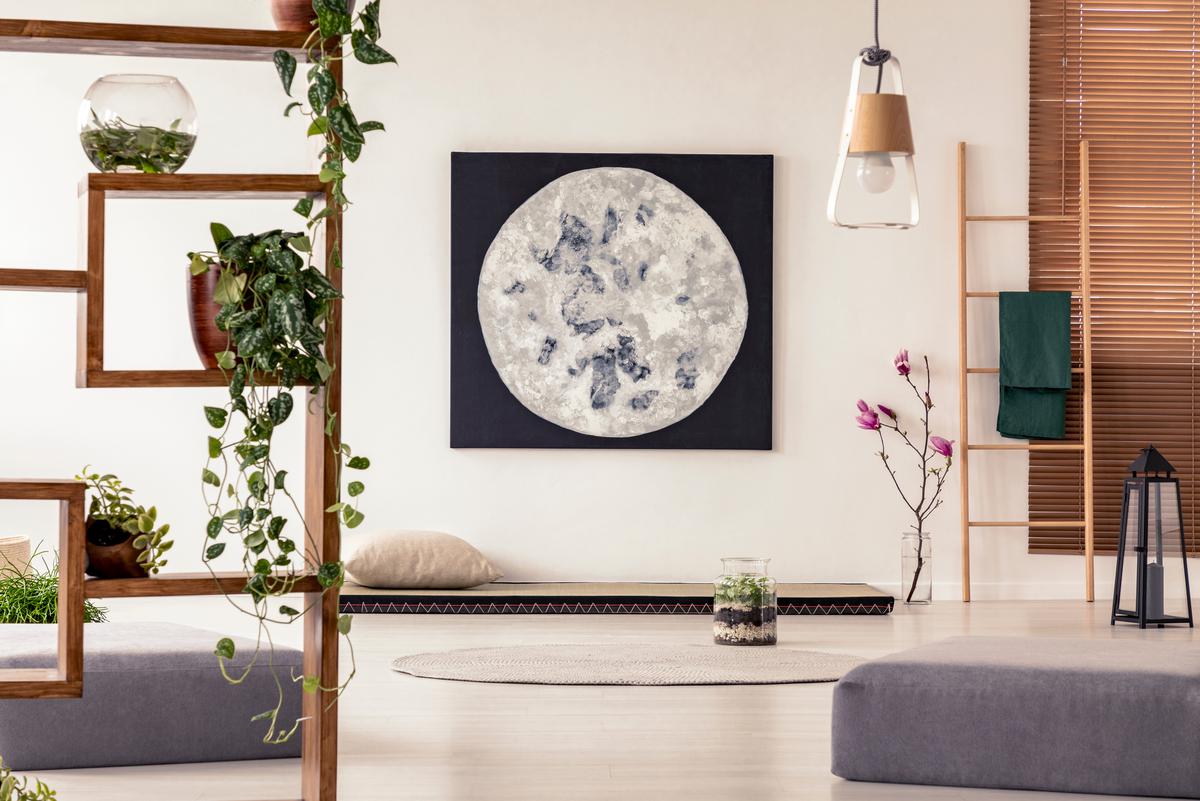
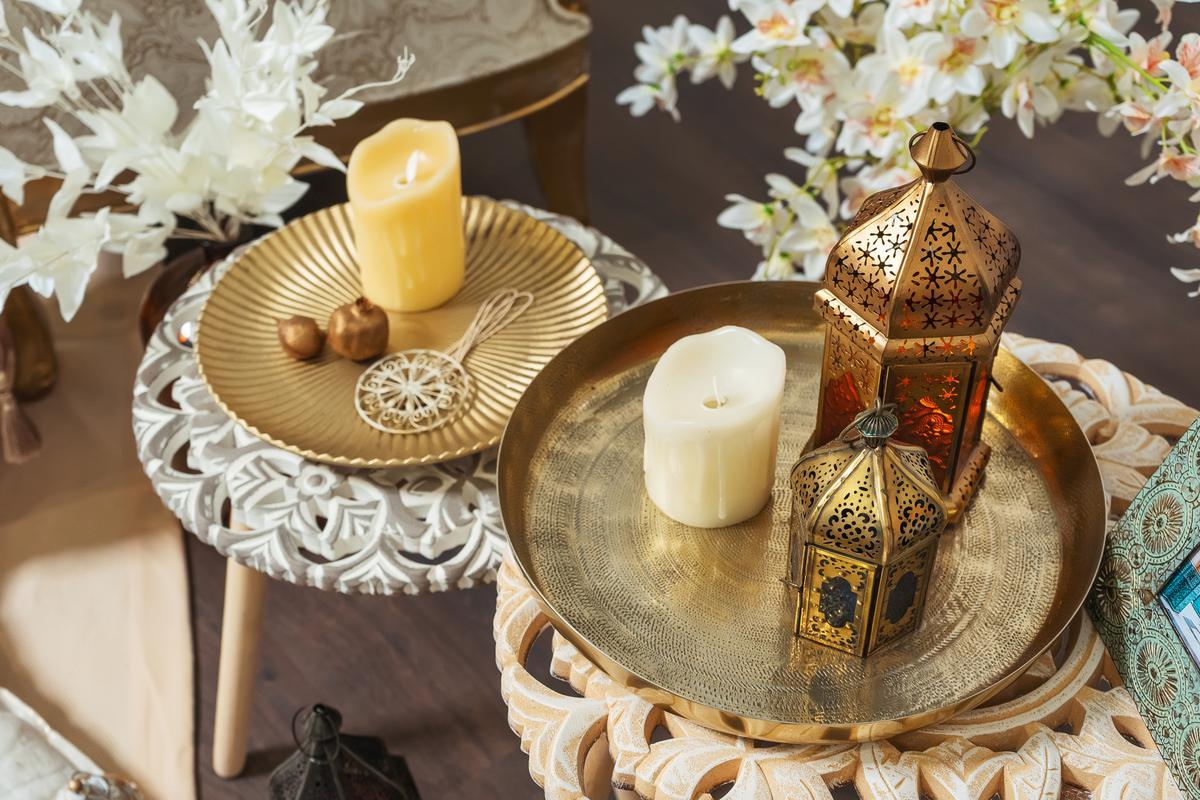
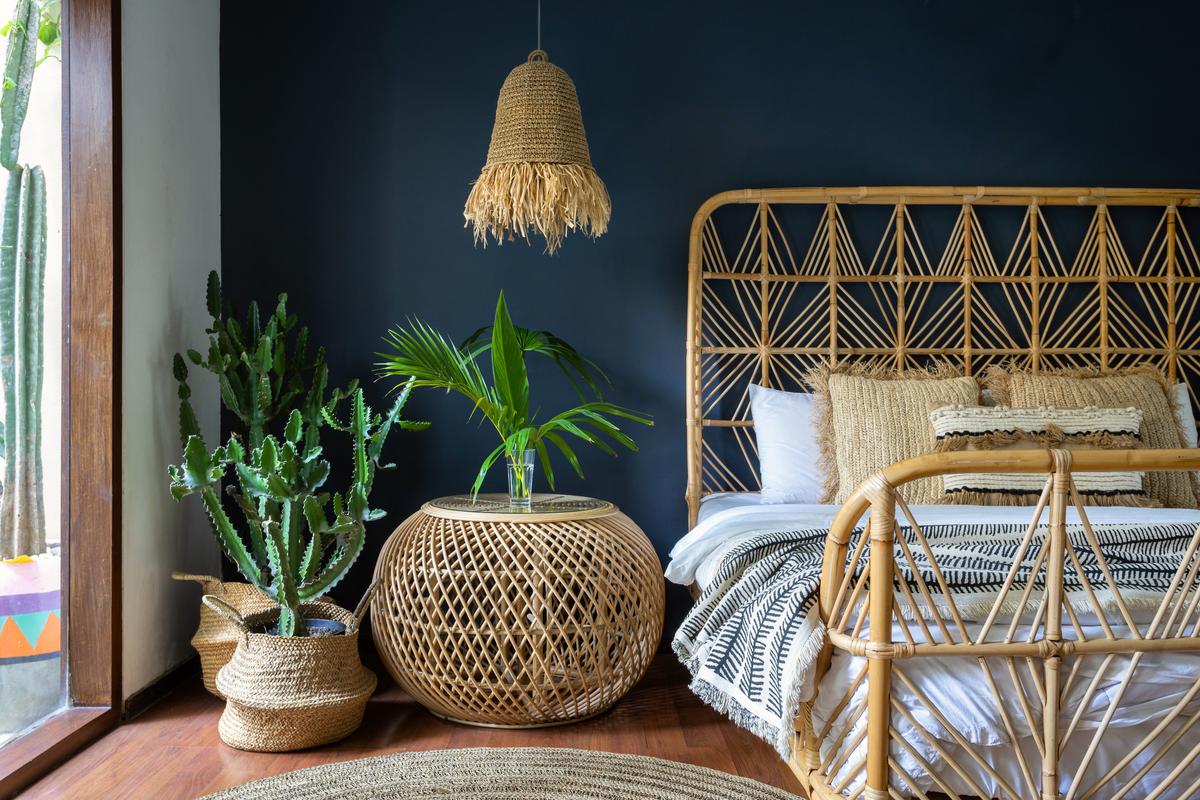
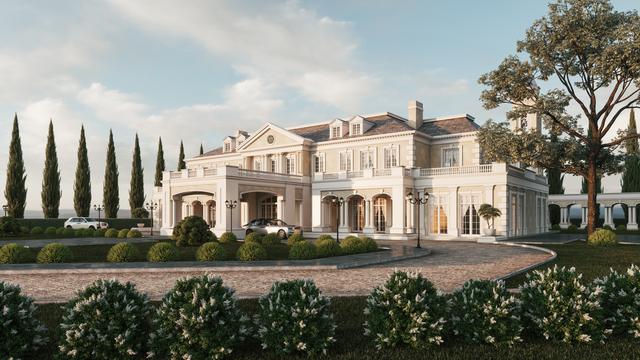
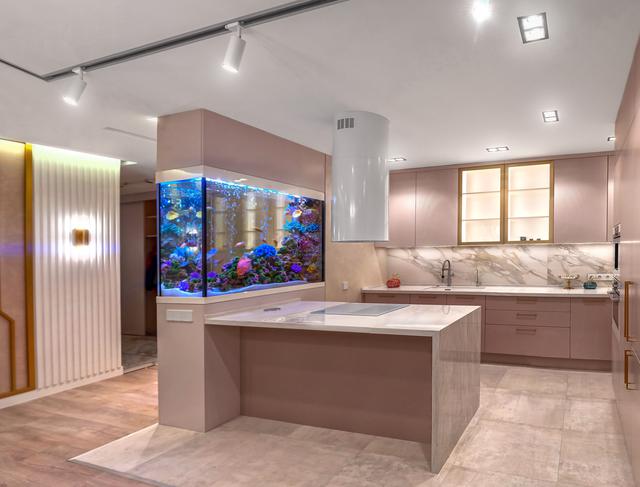
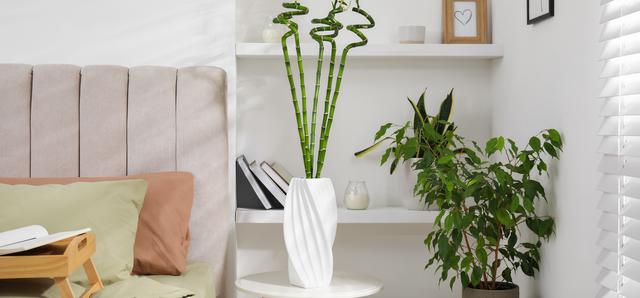
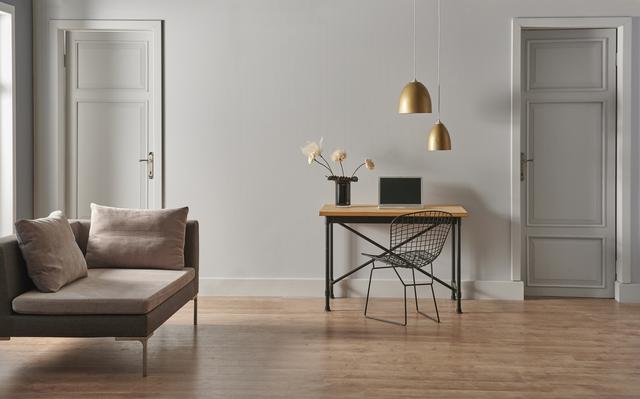
comments